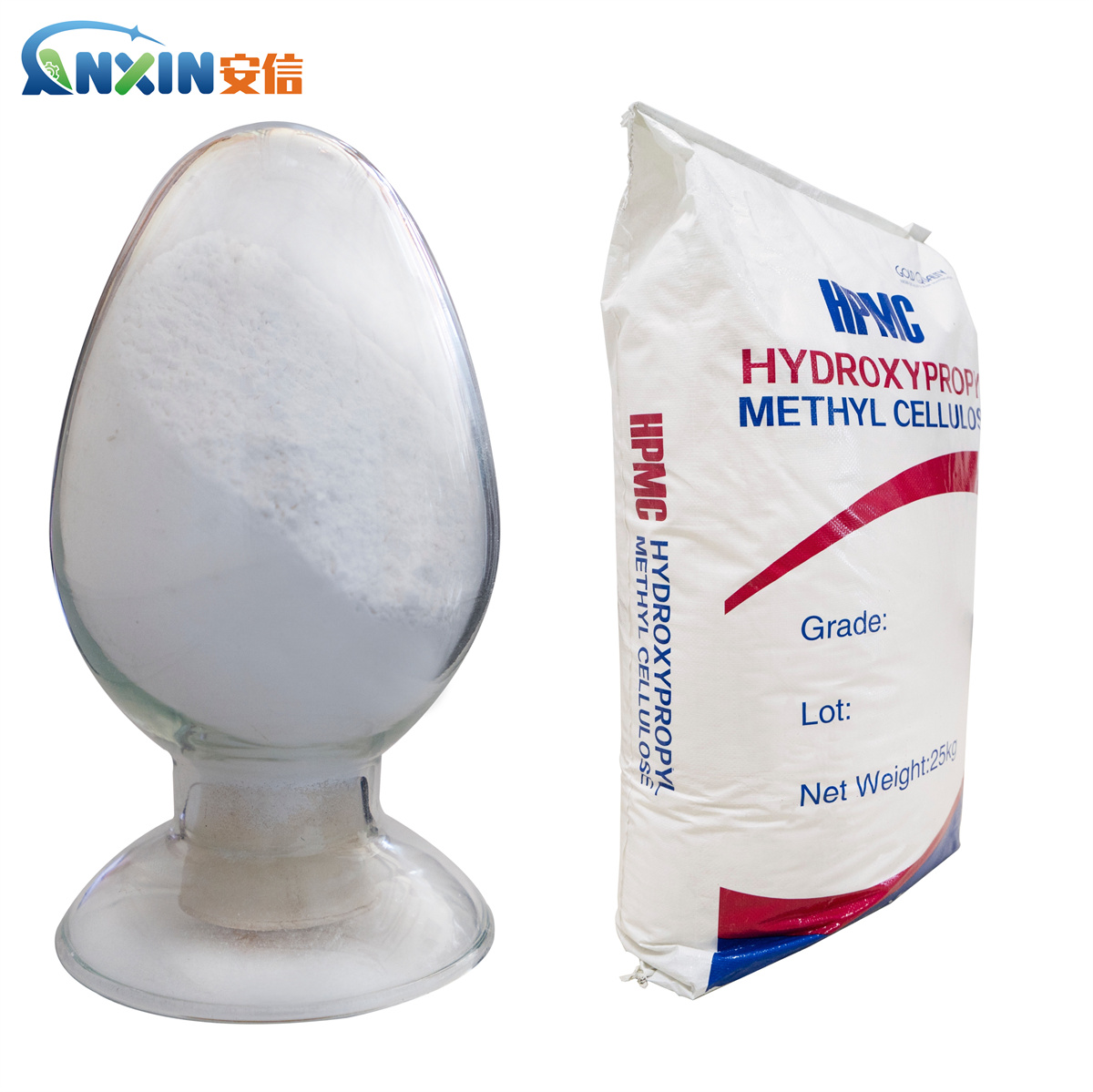1. What is Industrial Grade HPMC
Industrial Grade HPMC (Hydroxypropyl Methylcellulose) is a non-ionic cellulose ether derivative, usually in the form of white or slightly yellow powder. It is made from natural cotton linter fibers through alkali treatment and a series of chemical reactions (such as etherification), and has good biocompatibility and chemical stability. Due to its unique physical and chemical properties, HPMC is widely used in many industrial fields such as construction, coatings, ceramics, and agricultural chemicals.

2. Main Performance of Industrial Grade HPMC
Thickening
HPMC has excellent thickening ability and can effectively increase the viscosity of the liquid system, thereby improving the construction, slurry and brushing properties of the product.
Water Retention
In applications such as mortar and putty, HPMC can significantly improve the water retention of the material, prevent rapid water loss, extend the operation time, and improve the density and adhesion of the finished product.
Film Forming
HPMC can form a tough and transparent film on the surface, giving the product good protective properties and gloss.
Dispersibility and emulsification
HPMC has good dispersibility in water and can be used as an emulsifier to stabilize the system and improve the consistency and stability of the formula.
Thermal gelation
HPMC aqueous solution will form gel when heated to a certain temperature. This reversible gel property is of great value in some special applications.
3. Main application areas of industrial-grade HPMC
Construction industry
Dry-mixed mortar (such as tile adhesive, plaster mortar, self-leveling mortar): HPMC can improve the water retention, adhesion and construction performance of mortar.
Putty powder: Improve the construction feel, prevent cracking and bubbling, and improve the surface quality of the finished product.
Exterior insulation system (EIFS): Enhance the adhesion and flexibility of mortar and extend durability.
Paint industry
HPMC is used as a thickener, stabilizer and film former to improve the anti-sagging performance, can opening stability and film uniformity of the coating.
Ceramic industry
In the production of ceramic embryos, HPMC plays a role in water retention, lubrication, molding, etc., helping to improve the density and crack resistance of the product.
Daily chemical products
Adding HPMC to cleaners and detergents can increase the consistency of the product, make the foam finer and more durable, and improve the stability of the formula.
Oil drilling
As an additive for drilling fluid, HPMC can adjust the rheology of drilling fluid, prevent well wall collapse, and improve drilling efficiency.
4. How to use industrial-grade HPMC
Usually, HPMC needs to be dispersed in cold water to form a uniform solution to give full play to its performance. Common usage steps are as follows:
Sprinkle HPMC slowly and evenly into the stirred cold water to avoid agglomeration.
Continue stirring until preliminary dispersion.
Stand for a period of time (generally more than 2 hours) to fully hydrate and dissolve the cellulose.
If necessary, stir carefully until a uniform transparent or translucent solution is formed.
In actual industrial applications, the amount of HPMC added is sometimes adjusted as needed, generally controlled between 0.1% and 2.0%, and the specific ratio depends on the formula system and the desired effect.
5. Quality control and selection reference
Industrial grade HPMC has different viscosity specifications (such as 400 mPa.s, 15000 mPa.s, etc.) and substitution degree (i.e. the degree of substitution of hydroxypropyl and methyl) according to different application requirements. Choosing the right model has an important impact on product performance. Conventional test items include:
Viscosity (2% solution at room temperature)
Moisture content
Ash content
Methoxy and hydroxypropyl content
pH value (1% aqueous solution)
High-quality industrial grade HPMC should have the characteristics of low ash content, good dispersibility, stable viscosity, and fast dissolution rate.

6. Storage and packaging
HPMC should be stored in a cool, dry, well-ventilated environment, avoiding high temperature, humidity and sunlight to prevent moisture absorption, agglomeration or performance changes. It is usually packaged in multi-layer composite paper bags lined with polyethylene film bags. The standard packaging specification is 25 kg/bag, which can also be customized according to customer requirements.
Industrial grade HPMC plays an irreplaceable role in many industrial fields with its excellent physical and chemical properties. With the rise of green building materials, environmentally friendly coatings and high-performance composite materials, the demand for high-quality HPMC is also growing. In the future, with the continuous optimization of production processes and the expansion of application fields, industrial-grade HPMC will show a broader development prospect.
Post time: Apr-29-2025